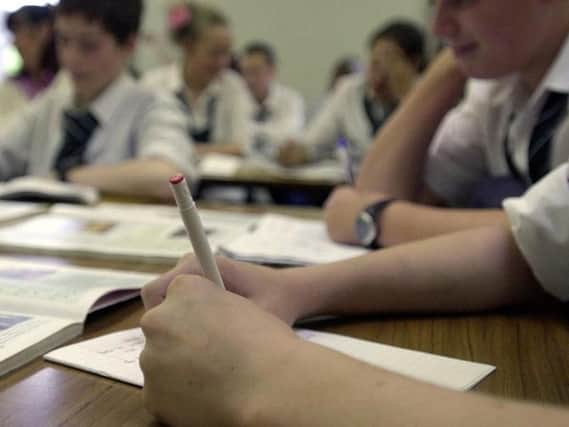Big rise in amount spent on Wigan pupils


In 2018-19 the council will spend £121 more on each pupil than last year, after the figures are adjusted for inflation.
Headteachers say that more funding for schools has a positive impact on the well-being of children.
Advertisement
Hide AdAdvertisement
Hide AdIn 2017-18, spending per pupil in Wigan was the equivalent of £4,617, in real terms.
This financial year, that figure is £4,738 - an increase of three per cent.
But across the rest of the North West, the average per-pupil spend has fallen by 2.3 per cent, or £108.
In England, per-pupil spending has fallen by one per cent in real terms, from £4,573 in 2017-18 to £4,528 this year.
Advertisement
Hide AdAdvertisement
Hide AdThe annual schools’ budget details how much each council plans to spend on education over the financial year.
The money comes directly from the Government in the form of a centralised grant - in Wigan, the allocated budget for 2018-19 is £236.1m.
The spending per pupil figure covers all the costs of education - from teacher salaries to textbooks.
Pupil spending includes funding for arts subjects, after-school clubs and school trips, which are being cut elsewhere in the country as schools try to reduce costs.
Advertisement
Hide AdAdvertisement
Hide AdThe NAHT said that increasing per-pupil funding means that schools will be more able to provide these experiences, which it called “fundamental”.
NAHT head of policy Valentine Mulholland said: “Schools are not just exam factories.
“We want to provide an education for pupils that will equip them for the rest of their lives.”
She said that after-school clubs and school trips were part of a rounded education.
Advertisement
Hide AdAdvertisement
Hide AdThe NAHT also said that more funding means schools will have more teachers and support staff to help children with special education needs.
The Department for Education said that there are 1.9 million more children being taught in schools rated ‘good’ or ‘outstanding’ since 2010.